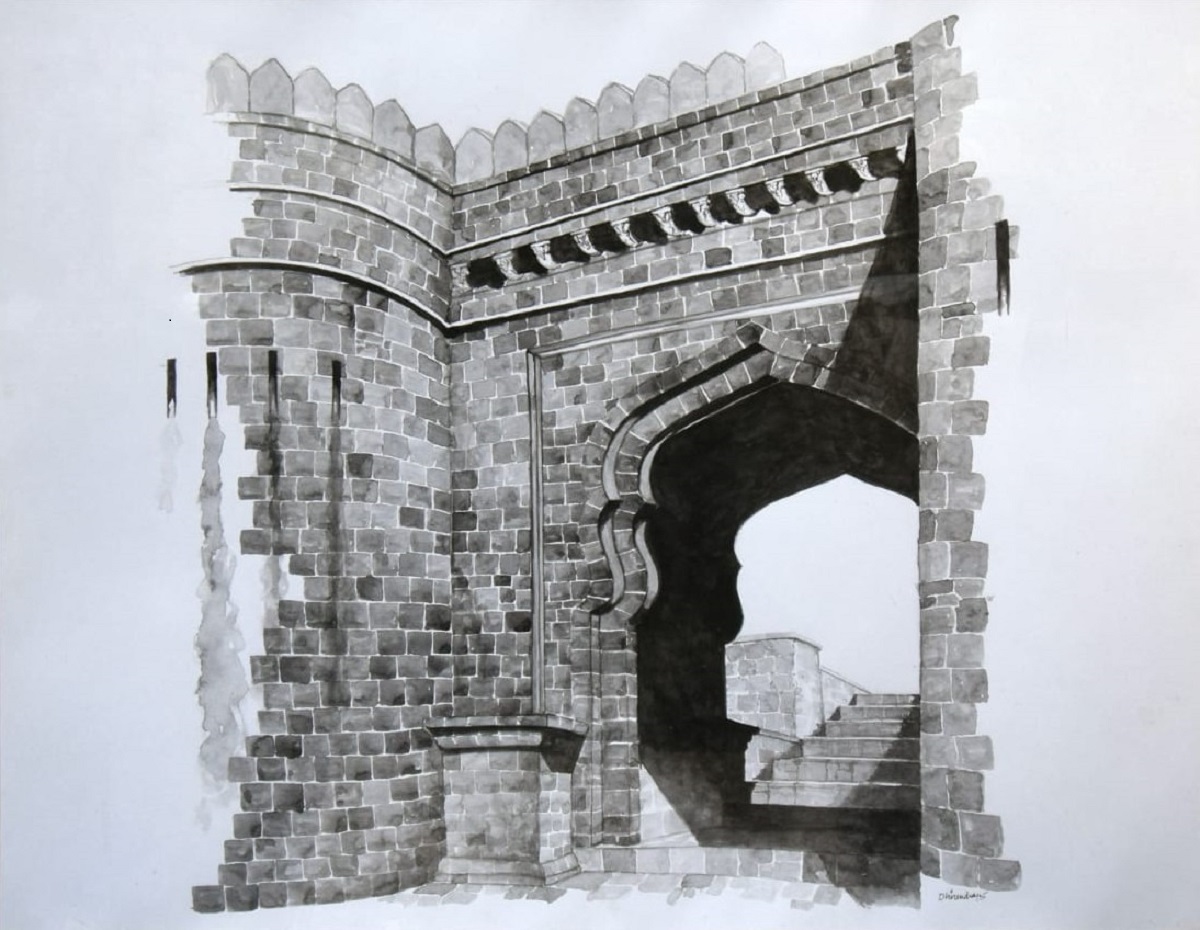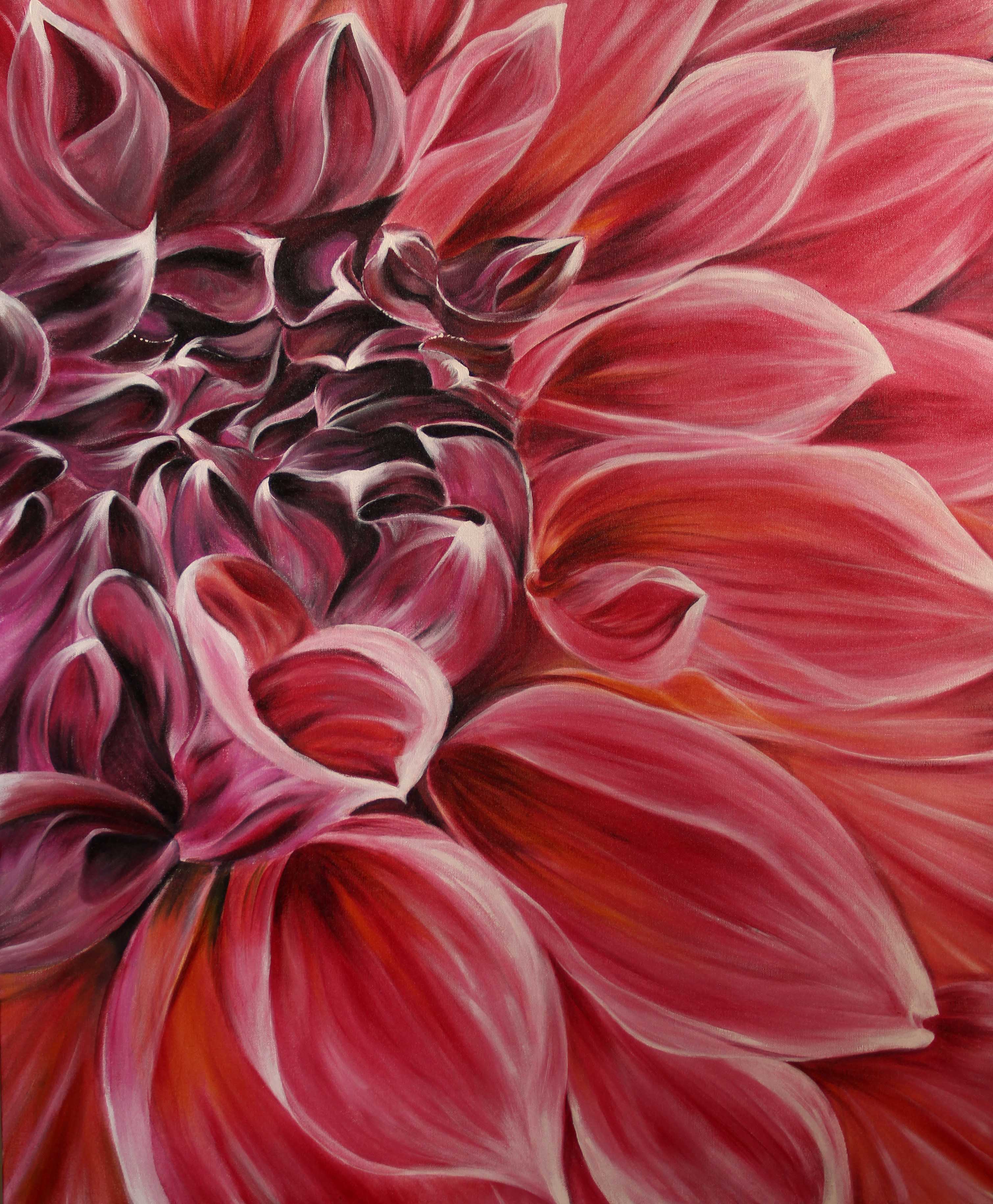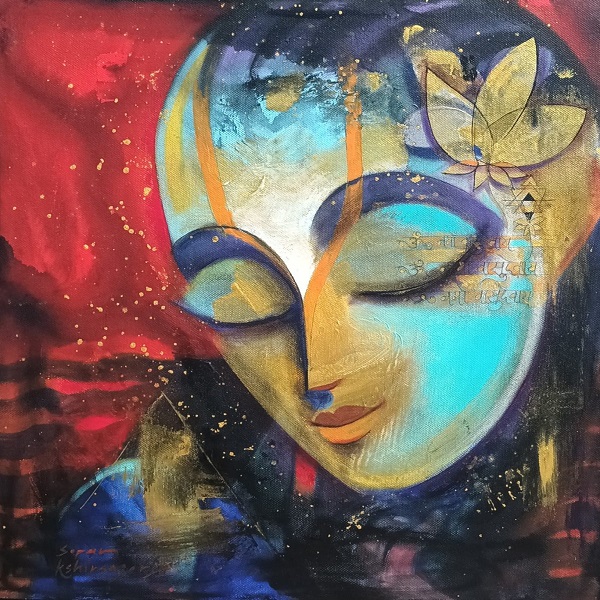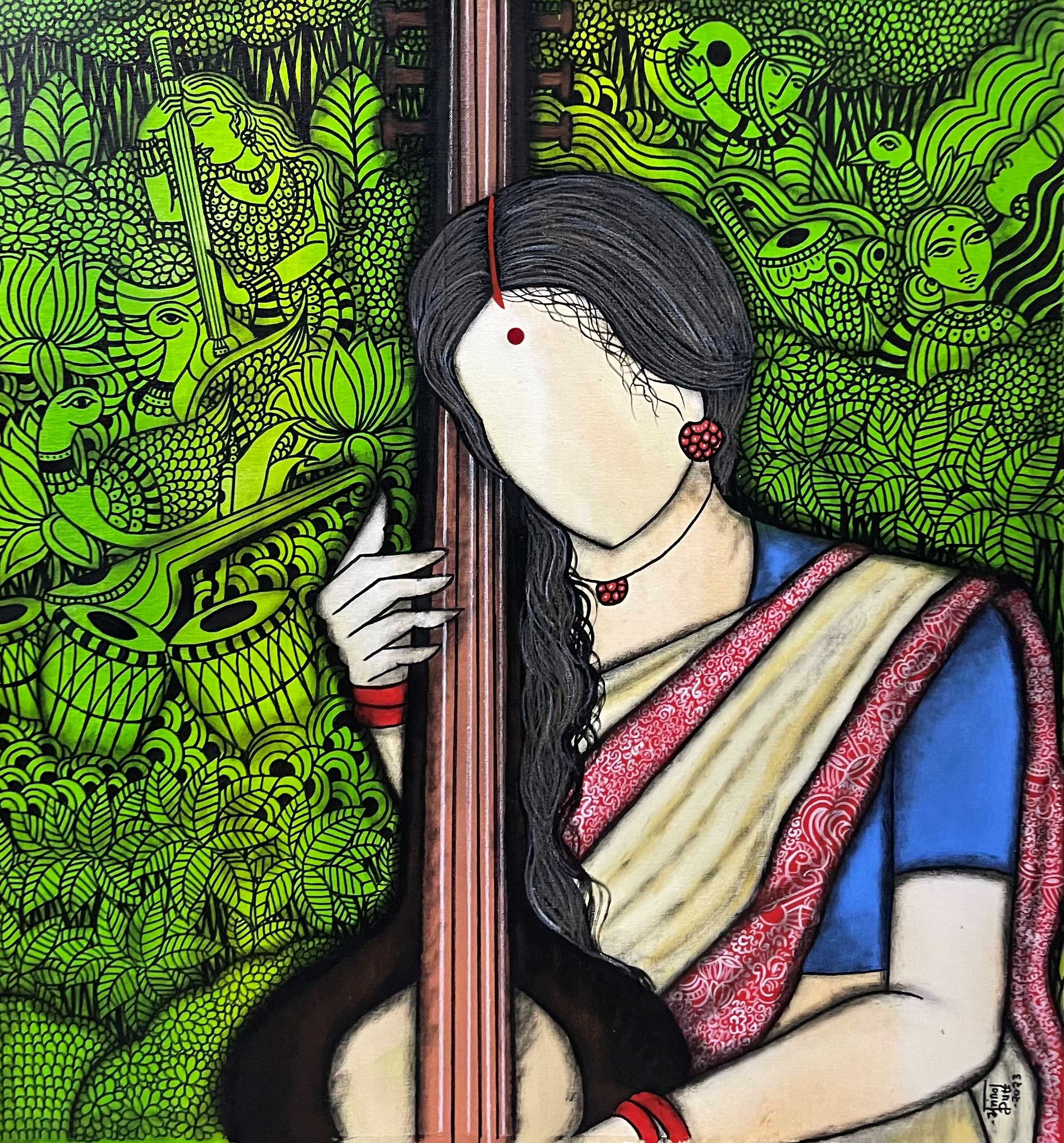
In art, where creativity knows no bounds, still life and figurative paintings stand as a testament to the timeless allure of human expression. From the silent narratives told by carefully arranged objects to the emotional resonance evoked by the human form, each brush stroke unveils a story, a sentiment, and a world of artistic wonder.
Explore the intricate landscapes of still life and figurative paintings, where the ordinary becomes extraordinary, and the mundane transforms into a tapestry of meaning. We uncover the secrets of technique, symbolism, and how these art styles profoundly shape how we see the world.
Still Life Paintings: Exploring the Essence
Still life paintings, often dismissed as mere arrangements of objects, are, in fact, portals into rich, silent narratives. These compositions' simplicity reveals profound insights into the artist's world perception. As a genre, it captures inanimate objects arranged purposefully by the artist. Each element is a deliberate choice, from the humble bowl of fruit to meticulously placed trinkets, inviting viewers to delve deeper into the artist's vision.
Beyond the surface, still life paintings are laden with symbolism. A wilting flower may signify the transience of life, while a carefully placed skull may allude to mortality. Unveiling these symbolic layers transforms still life into a nuanced exploration of the human experience.
Still Life Paintings: The Power of Inanimate Objects

Inanimate objects, seemingly ordinary, become protagonists in the canvas drama. Still life artists wield their brushes precisely, capturing every detail and nuance.
1.Capturing Detail and Realism
The magic of still life lies in the artist's ability to render intricate details. A single dewdrop on a leaf, the texture of a porcelain vase—these details breathe life into the inanimate, blurring the line between art and reality.
2.Playing with Light and Shadow
Light and shadow dance in still life compositions, creating a visual symphony. Artists masterfully manipulate these elements to evoke mood and depth. The interplay of light on a glass surface or the subtle shadow cast by an object contributes to the captivating allure of still life.
In still life paintings, simplicity belies complexity, and the seemingly ordinary transforms into a tapestry of meaning.

Figurative Paintings: Expressive Canvases
As a mirror to the human experience, art finds one of its most compelling expressions in figurative paintings. This genre is a captivating exploration of the human form, transcending mere representation to delve into the depths of anatomy, proportions, and emotional resonance.
Figurative art invites us to appreciate the intricacies of the human body. Artists skillfully navigate the complexities of anatomy, capturing the nuances of muscles, bones, and the graceful flow of proportions. They breathe life onto the canvas through meticulous attention to detail, creating a visual dialogue between the viewer and the depicted form.
Beyond the physical, figurative paintings are a conduit for emotions. Faces contort in joy, sorrow, or contemplation, and bodies communicate stories words cannot express. The emotional resonance achieved in figurative art connects us profoundly, eliciting empathy and inviting introspection.
Figurative Art: Narrative
In the silent language of brushstrokes and the eloquence of color, figurative art emerges as a captivating storyteller on the canvas. Beyond the mere representation of human forms, it becomes a realm where narratives unfold, weaving tales of emotion, struggle, and triumph.

1.Storytelling through Imagery
Figurative art is a narrative in visual language, each brushstroke telling a story. The juxtaposition of elements within the composition weaves a tale—be it one of love, struggle, or triumph. Artists harness the power of imagery to transcend language barriers, allowing viewers to interpret and engage with the narrative on a personal level.
2.The Intersection of Reality and Imagination
Figurative paintings often blur the lines between reality and imagination. Artists infuse their own interpretations and perspectives, inviting viewers to enter a realm where reality intertwines with the artist's vision. This intersection sparks a dialogue between the tangible and the imagined, creating a space for contemplation and exploration.
In figurative paintings, the canvas becomes a stage where the human form takes center stage, not just as a subject but as a vessel for profound expression.
Still Life and Figurative Art: Exhibiting Emotion
At its core, art is a conduit for emotion, a silent dialogue between the creator and the observer. This emotional exchange takes on a unique dimension in still life and figurative art, weaving tales of life, love, and introspection.
1.The Emotional Impact on Viewers
Still life and figurative paintings have an uncanny ability to evoke emotions that resonate deep within us. Whether it's the meticulous arrangement of objects that stirs a sense of nostalgia or the expressive strokes portraying human figures, these artworks have the power to tug at our heartstrings. As viewers, we find ourselves drawn into the emotional landscapes crafted by artists, experiencing joy, sorrow, or introspection in the silent conversation between canvas and soul.
Consider the serenity emanating from a carefully painted bowl of fruit or the poignancy captured in the gaze of a figurative subject – each element is a brushstroke contributing to an emotional masterpiece. These visual narratives leave an indelible mark on our hearts and minds.
2.Cultural Significance and Interpretations
Art is a universal language, but it speaks in dialects influenced by the cultural tapestry surrounding it. Still life and figurative art, rooted in cultural contexts, carry layers of meaning and symbolism that vary across societies.
From the symbolic meanings attached to objects in still life compositions to the cultural nuances shaping the portrayal of figures, we uncover the diverse narratives embedded in these artworks. By understanding the cultural contexts, we gain insight into the universal and the specific, realizing that each stroke on the canvas is a brush dipped in the hues of cultural expression.
3.Personal Connection and Reflection
Art is a mirror reflecting the artist's soul and the observer's experiences and perspectives. In the final stretch of our exploration, we contemplate the intimate connection viewers forge with still life and figurative art. These connections go beyond mere observation; they become portals to self-reflection and personal interpretation.
As we stand before a canvas, we bring our own stories, memories, and emotions to the viewing experience. Whether it sparks nostalgia, prompts contemplation, or stirs a sense of familiarity, the personal connection forged in these moments is a testament to the enduring power of art.
Read More: What Makes Still Life Paintings Stand Out in Customized Artwork?

Wrapping Up
The enduring relevance of still life and figurative paintings becomes evident in a world filled with fleeting moments and ever-changing landscapes. From the profound narratives embedded in the simplicity of still life compositions to the emotional symphony orchestrated by the human form in figurative art, each stroke tells a story, captures a sentiment, and invites us into a world of artistic wonder. These art forms serve as timeless vessels for emotional expression, cultural reflection, and personal connection.
If you are captivated by the magic unveiled by still life and figurative paintings, we invite you to explore the canvas of possibilities at Indian Art Ideas. Whether you seek to adorn your space with captivating artwork or embark on a journey of artistic exploration, we cater to the diverse facets of your aesthetic needs.
FAQs:
When did still life paintings became popular?
Still life paintings gained popularity during the Renaissance in the 16th and 17th centuries. Artists like Caravaggio and Pieter Claesz played pivotal roles in elevating the genre, capturing the beauty of everyday objects and symbolic elements in their works. The rise of the Dutch Golden Age further solidified still life's popularity in the 17th century.
What makes a figurative painting attractive and visually appealing?
A visually appealing figurative painting captivates with its mastery of form, intricate details, and skillful play of light and shadow. The artist's ability to convey emotion through expressive brushstrokes and the harmonious composition of the human form adds depth and resonance, making the artwork visually engaging. Ultimately, the attractiveness lies in the seamless fusion of technical prowess and the expressive power that draws viewers into the narrative on the canvas.
Which is the most important thing to consider in still life painting?
The most crucial consideration in still life painting is composition, as the arrangement of objects dictates the visual impact. Attention to lighting is paramount, influencing mood and emphasizing details. Additionally, selecting meaningful and symbolic elements enhances the narrative depth of the artwork.
What is the purpose of figurative art?
The purpose of figurative art is to visually express the human experience by representing the human form and its emotions, capturing the nuances of anatomy and proportions. Through storytelling and emotional resonance, figurative art serves as a powerful medium for communication and connection, inviting viewers to engage with the narrative depicted on the canvas.





















